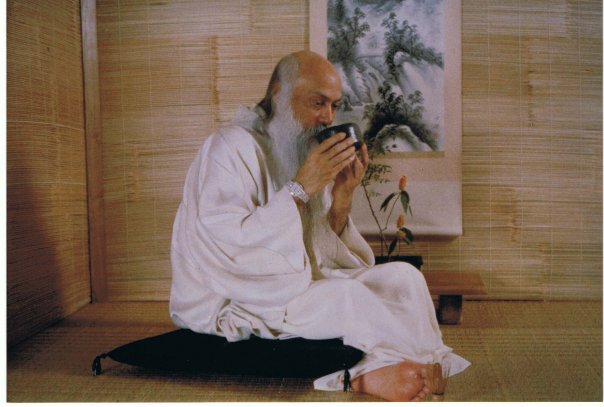Question : In which body is that obtained which you refer to as Samadhi?
Osho : Actually there are many types of samadhi. One samadhi will take place between the fourth and the fifth body. Remember, samadhi is not a happening of one plane; it always happens between two planes, it is the twilight period. One may just as well ask whether twilight belongs to the day or the night. Twilight belongs neither to the day nor the night, it is a happening between day and night. So is samadhi.
The first samadhi occurs between the fourth and the fifth planes. This samadhi leads to selfrealization, atma gyan. One samadhi occurs between the fifth and the sixth planes; this in turn leads to brahma gyan – cosmic knowing. The samadhi that occurs between the sixth and the seventh planes is the samadhi that leads to nirvana. So generally speaking there are these three samadhis that occur between the last three shariras, the last three bodies.
There is one false samadhi that has to be recognized also. It occurs in the fourth body, but is not samadhi though it seems like it. In Japan the Zen Buddhist term for it is satori. It is false samadhi. It is that state which a painter or a sculptor or a musician reaches when he is completely immersed in his art; he experiences a great bliss.
This is a happening on the fourth – the psychic plane. If when looking at the morning sun or listening to a melody or looking at a dance or looking at the opening of a flower the mind is completely drowned in the happening, a false samadhi takes place. Such a false samadhi can be brought about by hypnosis or false shaktipat. Such a false samadhi can be brought about by alcohol and drugs like marijuana, lsd, mescaline, hashish.
So there are four types of samadhi. Actually there are three authentic samadhis and they happen in a sequence. The fourth is an absolutely false experience that appears like samadhi. In this there is no actual experience – only a feeling of samadhi that is misleading. Many people are misled by satori.
This false samadhi occurs in the fourth – the psychic plane. It is not the transitional process between the fourth and the fifth plane; it happens well within the fourth body. The three authentic samadhis occur outside the bodies in a transitional period when we pass on from one plane to another. One samadhi is a door, a passage.
Between the fourth and the fifth bodies happens the first authentic samadhi. One attains self relaxation. We can get stuck here. Usually people stop at the false samadhi in the fourth body because it is so easy. We have to spend very little energy, making no effort at all, and it is obtained just like that. The majority of meditators, therefore, stagnate here.
The first real samadhi, which takes place on the journey from the fourth to the fifth body, is very difficult; and the third, from the sixth to the seventh, is the most difficult of all. The name chosen for the third samadhi is vajrabhed – piercing of the thunderbolt. It is the most difficult one because it is a transition from being into nonbeing; it is a jump from life into death; it is a plunge from existence into nonexistence.
So there are actually three samadhis. The first you may call atma samadhi, the second brahma samadhi, and the last nirvana samadhi. The very first and false samadhi you may call satori. This is the one you should guard against, because it is very easily attainable.
Another method to test the validity of the samadhi is that if it takes place within the plane it is false; it must take place between the planes. It is the door; it has no business to be inside the room. It must be outside the room, adjoining the next room.
